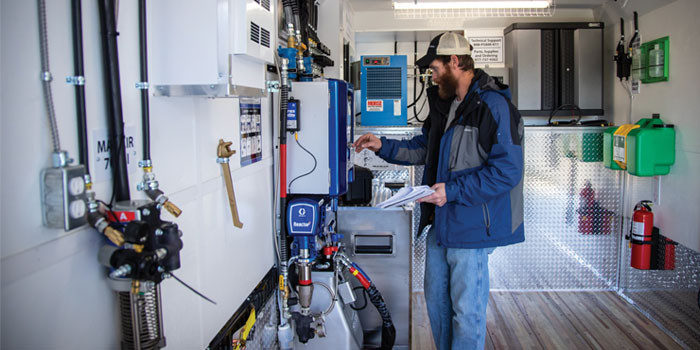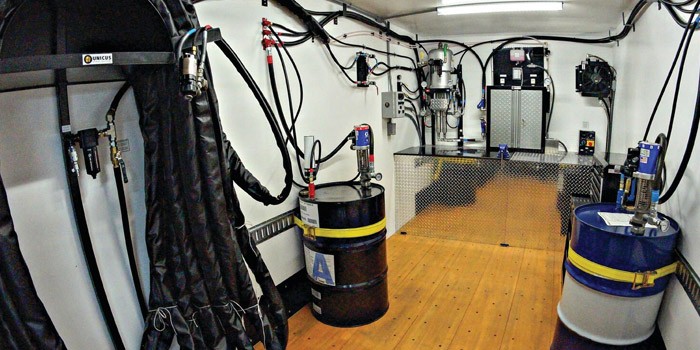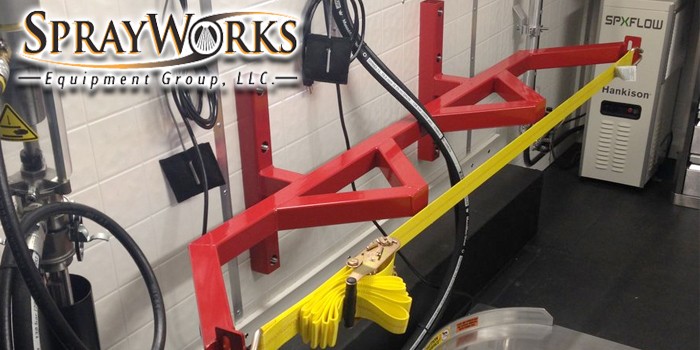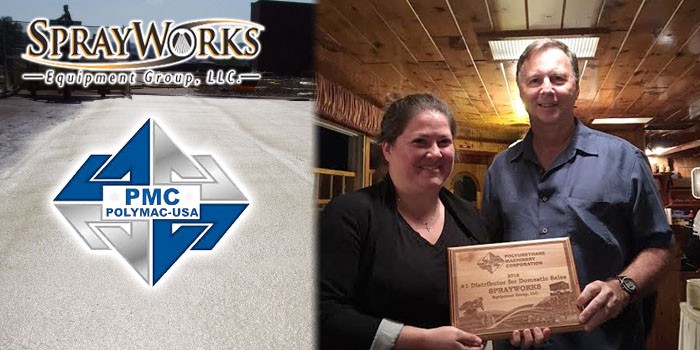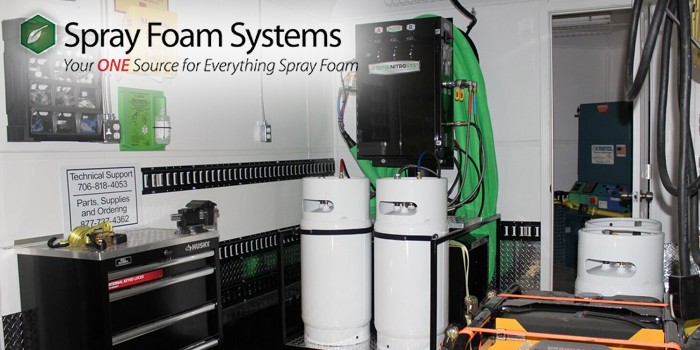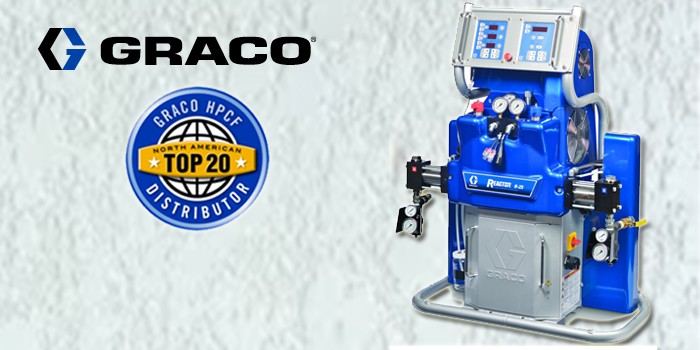Reliable Robots
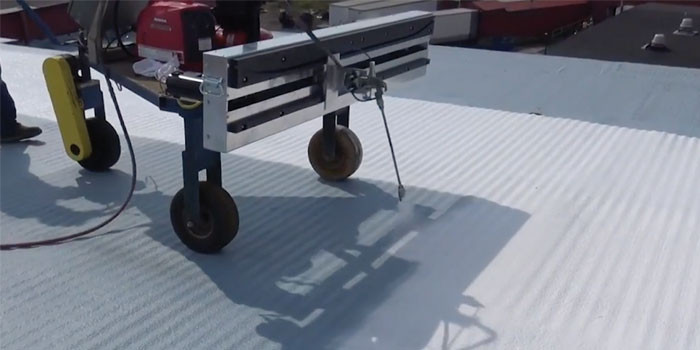

SUMMER ISSUE 2019 (Spray Foam Magazine) – Advancements in industrial science and technology mean robots are helping more with manual labor on construction sites, with the spray foam industry being no exception to this developing technology. Currently, there are not any humanoid robots applying spray foam in Canada or the United States like the ones the Japanese have recently presented to the world. The Japanese humanoid robots have been programmed to replicate human movement on a construction site and although slow, they are precise. There are, however, robots that have been designed to assist humans on-site helping businesses, due to their accuracy and ability for superior uniformity. These robots contribute, rather than replace humans, who have the extra benefit of emotion, judgment, and overall experience in spray foam application.
Proving to be very useful in automated consistency while easing the worker’s jobs in terms of monitoring application, advancement passes, and even containment overspray mist, these robots are an asset. Embracing technology is advisable because ignoring advancements may leave a company out of date, lacking cost competitiveness, and achieving the same level of accuracy as their competitors.
Robots may also come in use due to the shortage of the future generations working in trade. According to Arcadis, the world’s leading and global consultancy firm for natural and built assets, numbers are dwindling fast from the construction industry, due to an aging workforce and the lack of internships for the younger generation. Robots may help this situation by being the solution to the skills gap in the industry.
James Davidson, owner of SprayWorks Equipment Group, is no stranger to working with technology, particularly robots. With 50 years of experience in the roofing and polyurethane industry, he has introduced some impressive new technology to the industry. The most recent being the Spraybot Coatings Robot (CR).
“I designed the Spraybot CR with a broader range of material applications in mind, catering primarily to airless and conventional multi-component applications,” Davidson explains. “It creates labor and material savings with unmatched precision.”
The Spraybot CR has been proven to work accurately and effectively on low slope roofing and bridge structures of various substrates including concrete and corrugated metal where applications for thin film applications were of 10 mils (.010 inches) thick. This is a great accomplishment unable to be reproduced by prior types of equipment.
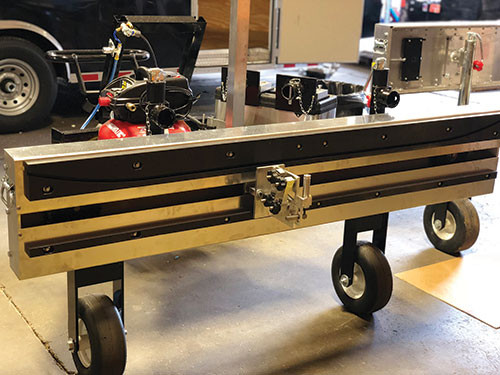
The sprayhead control panel and cart are detachable, making it easy to transport via lift or elevator.
This new piece of equipment has progressed previous robot sprayers, which focused on foams and polyurea impingement. This new Spraybot CR is designed to cross over applications for the single component and static airless types processing as an all in one platform. Spraying up to 50 pounds per minute of spray foam output and 6 gpm polyurea output and with a unique end-pass rotation of the spray head, which prevents material from puddling during the reverse action of the spray.
Spraybot CR is an example on how robots in the industry are progressing to help business owners with accuracy and consistency. Even though some may hate to admit it, robots can coexist with humans adding to a high quality finish, less errors caused by human factors such as distraction, tiredness, and the effects of some repetitive tasks.
Disqus website name not provided.




